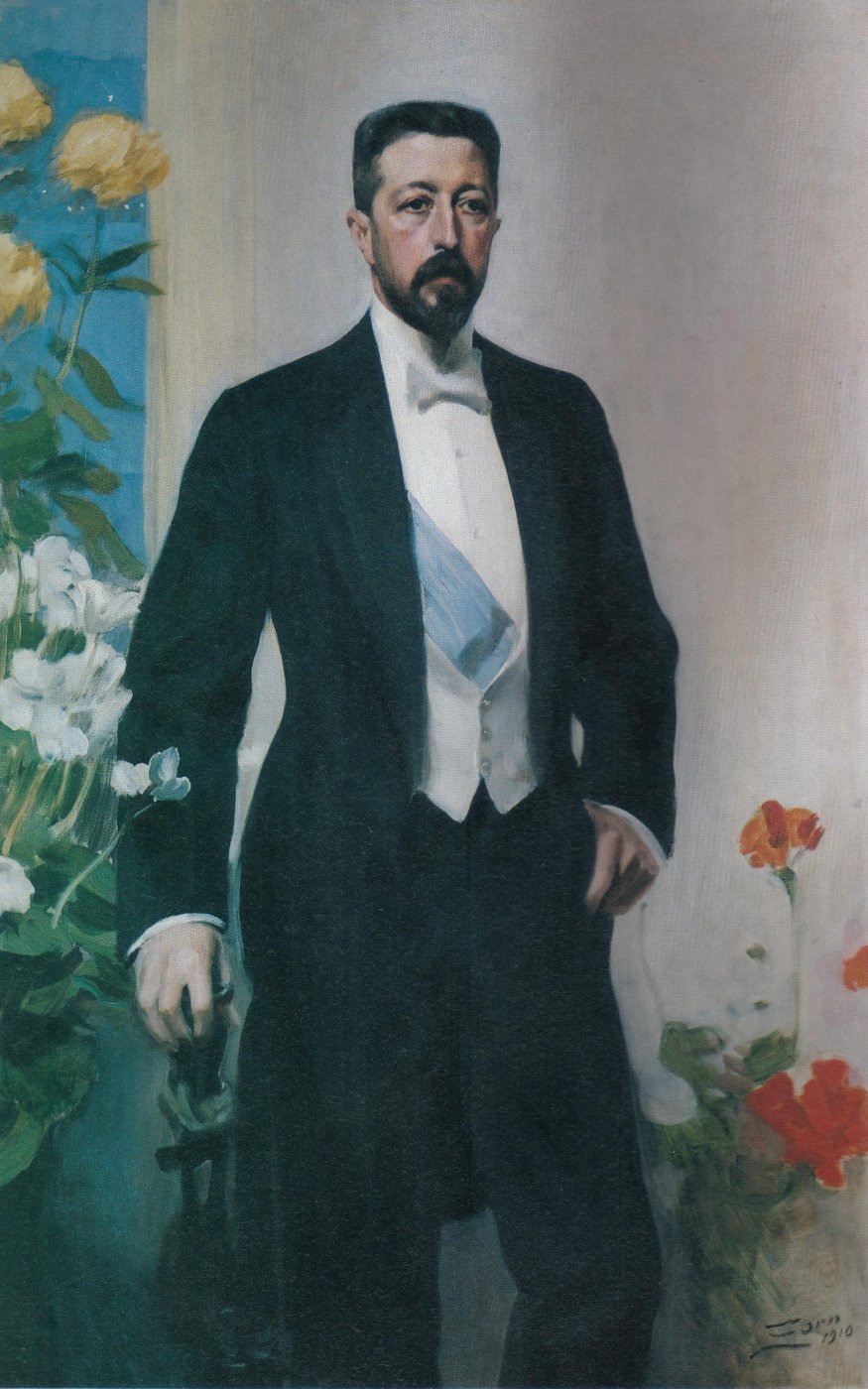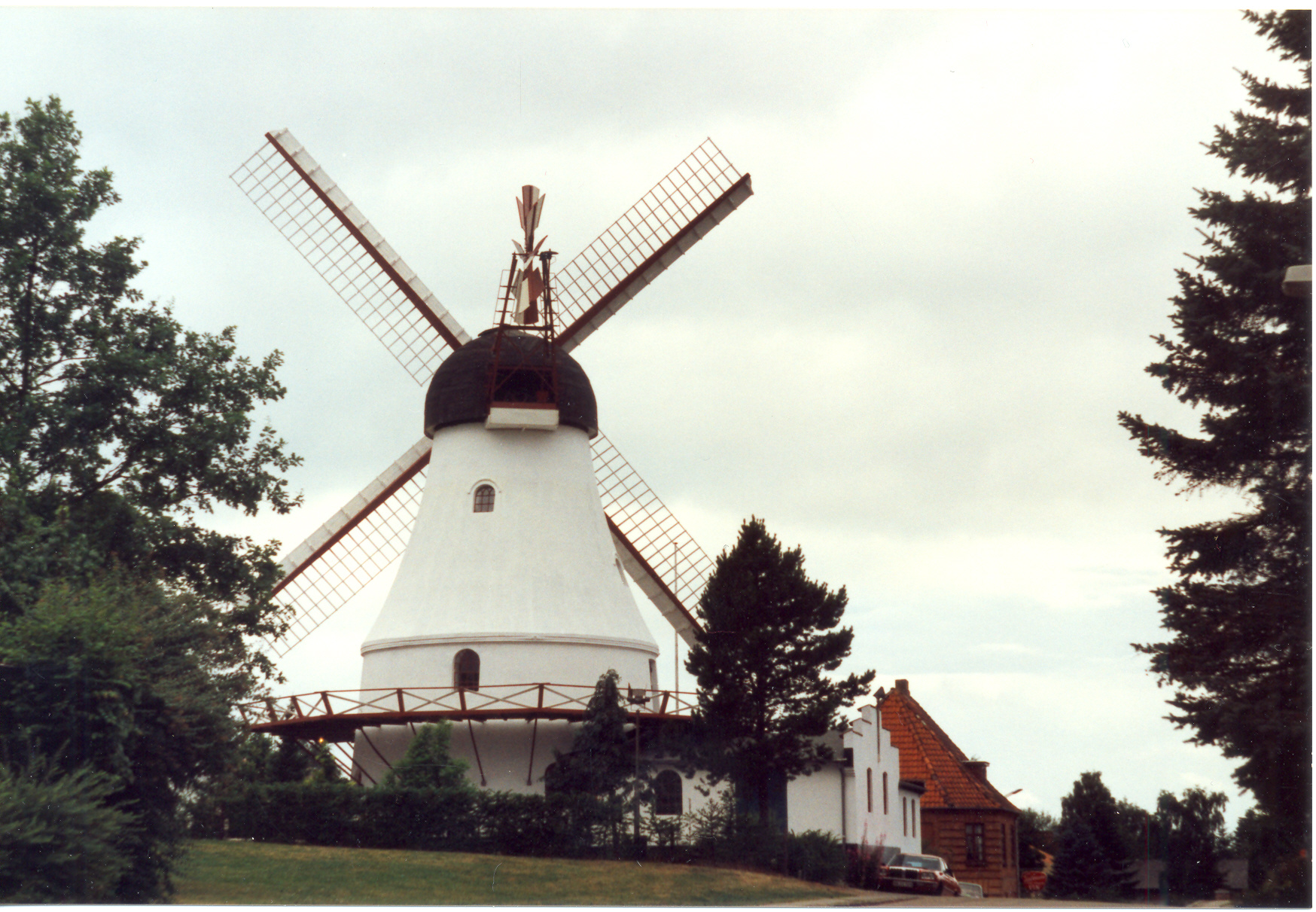|
Robert Jacobsen
Robert Julius Tommy Jacobsen (4 June 1912 – 26 January 1993) was a Danish sculptor and painter. The Danish Robert Award is named in his honor. Biography Jacobsen was born in Copenhagen. He was self-taught as a sculptor. During World War I, he worked with Danish modernist artists such as Asger Jorn, Carl-Henning Pedersen and Egill Jacobsen. They participated in the circle around the journal ''Helhesten'' and would later come to make up the COBRA-movement. Although Jacobsen had a connection with the CoBrA artists, but he never was a member of their group. In this period he created massive granite and sandstone structures which he called "Mythical Creatures" (Danish: ''Fabeldyr ''). In the late 1940s, he creates a group of sculptures which he called "Dolls" (Danish: ''Dukkerne''). He traveled to France with his colleague Richard Mortensen and lived there from 1947–69. During his time in France he began creating sculptures in cast iron. In France he received the nickname ... [...More Info...] [...Related Items...] OR: [Wikipedia] [Google] [Baidu] |
Copenhagen, Denmark
Copenhagen ( or .; da, København ) is the capital and most populous city of Denmark, with a proper population of around 815.000 in the last quarter of 2022; and some 1.370,000 in the urban area; and the wider Copenhagen metropolitan area has 2,057,142 people. Copenhagen is on the islands of Zealand and Amager, separated from Malmö, Sweden, by the Øresund strait. The Øresund Bridge connects the two cities by rail and road. Originally a Viking fishing village established in the 10th century in the vicinity of what is now Gammel Strand, Copenhagen became the capital of Denmark in the early 15th century. Beginning in the 17th century, it consolidated its position as a regional centre of power with its institutions, defences, and armed forces. During the Renaissance the city served as the de facto capital of the Kalmar Union, being the seat of monarchy, governing the majority of the present day Nordic region in a personal union with Sweden and Norway ruled by the Danis ... [...More Info...] [...Related Items...] OR: [Wikipedia] [Google] [Baidu] |
Academy Of Fine Arts, Munich
The Academy of Fine Arts, Munich (german: Akademie der Bildenden Künste München, also known as Munich Academy) is one of the oldest and most significant art academies in Germany. It is located in the Maxvorstadt district of Munich, in Bavaria, Germany. History The history of the academy goes back to the 18th century, before the 1770 founding by Elector Maximilian III. Joseph, the so-called "drawing school", which already bore the name "academy" in its name ("Zeichnungs Schule respective Maler und Bildhauer academie"). The Academy of Fine Arts was enhanced in 1808 by King Maximilian I Joseph of Bavaria as Royal Academy of Fine Arts. The Munich School refers to a group of painters who worked in Munich or were trained at the Academy between 1850 and 1918. The paintings are characterized by a naturalistic style and dark chiaroscuro. Typical painting subjects included landscape, portraits, genre, still-life, and history. From 1900 to 1918 the academy's director was Ferdinand Fre ... [...More Info...] [...Related Items...] OR: [Wikipedia] [Google] [Baidu] |
Danish Film Academy
The Danish Film Academy was founded in 1982 by a number of people with professional connection to the film industry. The Academy aims to promote the film as an independent art form, and its members are primarily people who work with film. The Academy's largest annual event is the Robert Award The name Robert is an ancient Germanic given name, from Proto-Germanic "fame" and "bright" (''Hrōþiberhtaz''). Compare Old Dutch ''Robrecht'' and Old High German ''Hrodebert'' (a compound of '' Hruod'' ( non, Hróðr) "fame, glory, hono ... ceremony. References External links * Film organizations in Denmark {{film-org-stub ... [...More Info...] [...Related Items...] OR: [Wikipedia] [Google] [Baidu] |
Robert Awards
The Robert Award ( da, Robert prisen) is a Danish film prize awarded each year by the Danish Film Academy. It is the Danish equivalent of the American Oscars, British BAFTAs for films and Australian AACTA Awards. The award—voted only by academy members—is an acknowledgment by Danish industry colleagues of a person's or film's outstanding contributions during the previous year. Since 2013, awards have been given to television series and actors as well. The Robert was awarded for the first time in 1984 and is named after the statuette's creator, the Danish sculptor Robert Jacobsen Robert Julius Tommy Jacobsen (4 June 1912 – 26 January 1993) was a Danish sculptor and painter. The Danish Robert Award is named in his honor. Biography Jacobsen was born in Copenhagen. He was self-taught as a sculptor. During World War .... ''Scope Film Guide''. Retri ... [...More Info...] [...Related Items...] OR: [Wikipedia] [Google] [Baidu] |
Prince Eugen Medal
The Prince Eugen Medal ( sv, Prins Eugen-medaljen) is a medal conferred by the King of Sweden for "outstanding artistic achievement". The medal was established in 1945 by the then King of Sweden, Gustaf V, in connection with the eightieth birthday of his brother Prince Eugen who was a noted painter and art collector. It is awarded every year on 5 November, the name day of Eugen, and presented to the winners at the Royal Palace in Stockholm. Medallists The following people have received the Prince Eugen Medal since its inception. Winners are Swedish unless denoted otherwise. Architects Painters Graphic Artists Sculptors Artisans Photographers Draftsmen Designers See also *Orders, decorations, and medals of Sweden *List of European art awards *Prizes named after people A prize is an award to be given to a person or a group of people (such as sporting teams and organizations) to recognize and reward their actions and achievements. [...More Info...] [...Related Items...] OR: [Wikipedia] [Google] [Baidu] |
Association Of Craftsmen In Copenhagen
The Association of Craftsmen in Copenhagen (Danish language, Danish: Haandværkerforeningen i Kjøbenhavn) is an interest organisation based in Copenhagen, Denmark. Its 2,200 members are owners of small and medium large companies. It is affiliated with 35 guilds and industry organisations. History The association was founded at the initiative of master joiner Lasenius Kramp in 1840 to promote the interest of craftsmen of all trades. Håndværkerforeningen acquired a former Freemasons' Hall on Kronprinsensgade (No. 7) in 1868. They had a 2000-volume library reading room and billiard room in the building but moved out after taking over Moltke's Mansion on Dronningens Tværgade in 1930. Headquarters In 1880, the Craftsmen's Association acquired Moltke's Mansion on the corner of Bredgade and Fronningens Tværgade in Copenhagen. The following year the association expanded the building with a new wing with an assembly hall. Residential portfolio Håndværkerforenignen owns a large num ... [...More Info...] [...Related Items...] OR: [Wikipedia] [Google] [Baidu] |
Vestre Cemetery (Copenhagen)
Vestre Cemetery ( da, Vestre Kirkegård, meaning "Western Cemetery") is located in a large park setting in the Kongens Enghave district of Copenhagen, Denmark. With its 54 hectares it is the largest cemetery in Denmark. The cemetery is landscaped and serves as an important open space, in which people take a stroll, and look at the old graves and monuments. It is located southwest of the city center, between the Enghave, Sydhavn, Sjælør and Valby train stations on Copenhagen's S-train system, and right next to the historic Carlsberg neighbourhood. The cemetery is one of five run by Copenhagen municipality. The other cemeteries are Assistens Cemetery, Brønshøj Cemetery, Sundby Cemetery, and Bispebjerg Cemetery. The cemetery has a Catholic section, and next to that is a Jewish cemetery (the Jewish Western Cemetery). History Vestre Kirkegård was opened on 2 November 1870 to accommodate an urgent need for adequate burial places for the growing population of Copenhag ... [...More Info...] [...Related Items...] OR: [Wikipedia] [Google] [Baidu] |
Vejle
Vejle () is a city in Denmark, in the southeast of the Jutland Peninsula at the head of Vejle Fjord, where the Vejle River and Grejs River and their valleys converge. It is the site of the councils of Vejle Municipality ('' kommune'') and the Region of Southern Denmark. The city has a population of 60,231 () making it the ninth largest city in Denmark. Vejle Municipality has a population of 119,007 () making it the fifth largest municipality in Denmark. The city is part of the Triangle Region, which includes the neighbouring cities of Kolding and Fredericia and it is located 110 kilometres (68 miles) north of Germany. Vejle is most known for its forested hills, fjord, harbour, shopping, pedestrian mall, and windmill. History The word "Vejle" derives from the Old Danish word ''wæthel'', meaning "ford" or "wading place" due to its location at a busy crossing over Vejle River. During Viking times, the wetlands around Vejle had to be crossed at the Ravning Bridge, a nearly hal ... [...More Info...] [...Related Items...] OR: [Wikipedia] [Google] [Baidu] |
Tørskind Gravel Pit
Tørskind Gravel Pit (''Tørskind Grusgrav'') is a former gravel pit converted into a sculpture park near Egtved, Vejle, Denmark. The sculptures were created by Robert Jacobsen (1912-1993) and Jean Clareboudt (1944-1997) over five years from 1986 to 1991. The park features works made of steel, granite Granite () is a coarse-grained (phaneritic) intrusive igneous rock composed mostly of quartz, alkali feldspar, and plagioclase. It forms from magma with a high content of silica and alkali metal oxides that slowly cools and solidifies undergro ... and timber. References External linksTourist Guide in English Danish culture Sculpture gardens, trails and parks in Denmark Art museums and galleries in Denmark Museums in the Region of Southern Denmark {{Europe-art-display-stub ... [...More Info...] [...Related Items...] OR: [Wikipedia] [Google] [Baidu] |
Jean Clareboudt
Jean may refer to: People * Jean (female given name) * Jean (male given name) * Jean (surname) Fictional characters * Jean Grey, a Marvel Comics character * Jean Valjean, fictional character in novel ''Les Misérables'' and its adaptations * Jean Pierre Polnareff, a fictional character from ''JoJo's Bizarre Adventure'' Places * Jean, Nevada, USA; a town * Jean, Oregon, USA Entertainment * Jean (dog), a female collie in silent films * "Jean" (song) (1969), by Rod McKuen, also recorded by Oliver * ''Jean Seberg'' (musical), a 1983 musical by Marvin Hamlisch Other uses * JEAN (programming language) * USS ''Jean'' (ID-1308), American cargo ship c. 1918 * Sternwheeler Jean, a 1938 paddleboat of the Willamette River See also *Jehan * * Gene (other) * Jeanne (other) * Jehanne (other) * Jeans (other) * John (other) John is a common English name and surname: * John (given name) * John (surname) John may also refer to: New Testa ... [...More Info...] [...Related Items...] OR: [Wikipedia] [Google] [Baidu] |
Royal Danish Academy Of Art
The Royal Danish Academy of Fine Arts ( da, Det Kongelige Danske Kunstakademi - Billedkunst Skolerne) has provided education in the arts for more than 250 years, playing its part in the development of the art of Denmark. History The Royal Danish Academy of Portraiture, Sculpture, and Architecture in Copenhagen was inaugurated on 31 March 1754, and given as a gift to the King Frederik V on his 31st birthday. Its name was changed to the Royal Danish Academy of Painting, Sculpture, and Architecture in 1771. At the same event, Johann Friedrich Struensee introduced a new scheme in the academy to encourage artisan apprentices to take supplementary classes in drawing so as to develop the notion of "good taste". The building boom resulting from the Great Fire of 1795 greatly profited from this initiative. In 1814 the name was changed again, this time to the Royal Danish Academy of Fine Arts. It is still situated in its original building, the Charlottenborg Palace, located on the Ko ... [...More Info...] [...Related Items...] OR: [Wikipedia] [Google] [Baidu] |



